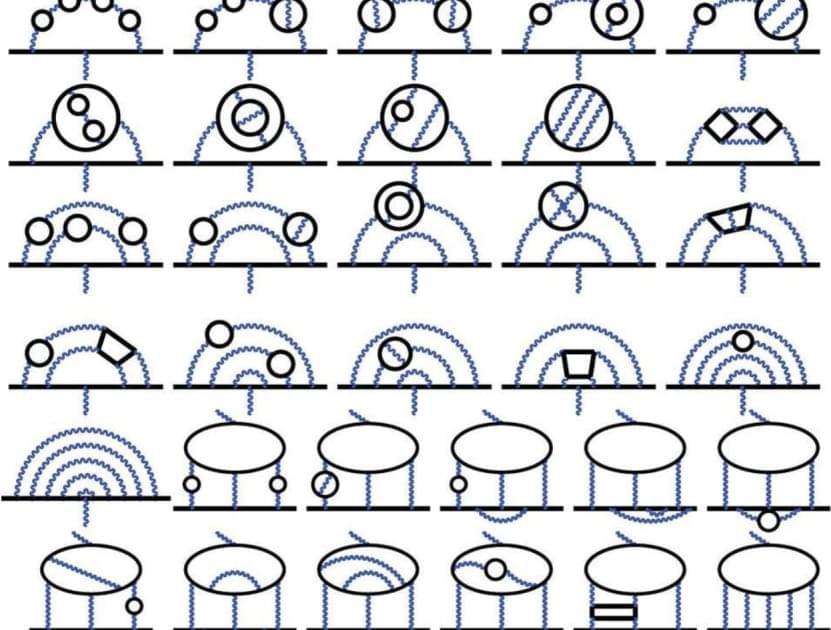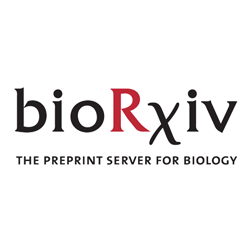Issac Arthur play list.
SFIA looks at uses for black holes ranging from spaceships to artificial worlds to escaping the Heat Death of the Universe.

Issac Arthur play list.
SFIA looks at uses for black holes ranging from spaceships to artificial worlds to escaping the Heat Death of the Universe.

Film : colossus: the forbin project.
Music : erste, unversicherte allgemeinheit — extrawelt
By helping scientists control a strange but useful phenomenon of quantum mechanics, an ultrathin invention could make future computing, sensing, and encryption technologies remarkably smaller and more powerful. The device is described in new research that was recently published in the journal Science.
This device could replace a roomful of equipment to link photons in a bizarre quantum effect called entanglement, according to scientists at Sandia National Laboratories and the Max Planck Institute for the Science of Light. It is a kind of nano-engineered material called a metasurface and paves the way for entangling photons in complex ways that have not been possible with compact technologies.
When photons are said to be entangled, it means they are linked in such a way that actions on one affect the other, no matter where or how far apart the photons are in the universe. It is a spooky effect of quantum mechanics, the laws of physics that govern particles and other very tiny things.
According to recent research from Sweden’s Lund University, the most commonly used analytical method in population genetics is deeply flawed. This could have caused incorrect results and misconceptions regarding ethnicity and genetic relationships. The method has been used in hundreds of thousands of studies, influencing findings in medical genetics and even commercial ancestry tests. The findings were recently published in the journal Scientific Reports.
The pace at which scientific data can be gathered is increasing rapidly, resulting in huge and very complex databases, which has been nicknamed the “Big Data revolution.” Researchers employ statistical techniques to condense and simplify the data while maintaining the majority of the important information in order to make the data more manageable. PCA (principal component analysis) is perhaps the most widely used approach. Imagine PCA as an oven with flour, sugar, and eggs serving as the input data. The oven may always perform the same thing, but the ultimate result, a cake, is highly dependent on the ratios of the ingredients and how they are mixed.
“It is expected that this method will give correct results because it is so frequently used. But it is neither a guarantee of reliability nor produces statistically robust conclusions,” says Dr. Eran Elhaik, Associate Professor in molecular cell biology at Lund University.

No matter what physical system we consider, nature always obeys the same fundamental laws. Must it be this way, and if so, why?

Virtualphotoo/iStock.
Since ferrofluids are easy to control and offer great flexibility with fast motion, they are often preferred by scientists for producing shape-shifting soft robots. In 2015, a team of researchers in South Korea created ferrofluid soft robots capable of mimicking an amoeba’s movements. Another group of researchers from Arizona State University developed a miniature shape-altering robot in 2021 using ferrofluids.
Molecules of the rare metallic element niobium can be used as molecular building blocks to design electrochemical energy storage materials. Mark Rambaran, Department of Chemistry at Umeå University, presents in his thesis a method for producing solid materials from aqueous solutions containing nano-sized niobium molecules, called polyoxoniobates.
“These polyoxoniobates are water-soluble and can be synthesized in large volumes. They act as molecular building blocks, in the same way as when a child stacks Lego bricks,” Mark Rambaran says. “They can be used to make a wide range of materials, including supercapacitors that facilitate lithium-ion storage.”
Synthesis of polyoxoniobates can be done with microwave irradiation, because it is a rapid and efficient alternative to conventional hydrothermal methods, Mark Rambaran shows in his thesis.
The founders all believed that the traditional method of building a quantum computer of a useful size would take too long. At the company’s inception, the PsiQuantum team established its goal to build a million qubit, fault-tolerant photonic quantum computer. They also believed the only way to create such a machine was to manufacture it in a semiconductor foundry.
Early alerts
PsiQuantum first popped up on my quantum radar about two years ago when it received $150 million in Series C funding which upped total investments in the company to $215 million.
 Impaired reduction/oxidation (redox) metabolism is a key contributor to the etiology of many diseases, including primary mitochondrial disorders, cancer, neurodegeneration, and aging. However, mechanistic studies of redox imbalance remain challenging due to limited strategies which can perturb cellular redox metabolism and model pathology in various cellular, tissue, or organismal backgrounds without creating additional and potentially confounding metabolic perturbations. To date, most studies involving impaired redox metabolism have focused on oxidative stress and reactive oxygen species (ROS) production; consequently, less is known about the settings where there is an overabundance of reducing equivalents, termed reductive stress. NADH reductive stress has been modeled using pharmacologic inhibition of the electron transport chain (ETC) and ethanol supplementation. Still, both these methods have significant drawbacks. Here, we introduce a soluble transhydrogenase from E. coli (Ec STH) as a novel genetically encoded tool to promote NADH overproduction in living cells. When expressed in mammalian cells, Ec STH, and a mitochondrially-targeted version (mito Ec STH), can elevate the NADH/NAD+ ratio in a compartment-specific manner. Using this tool, we determine the metabolic and transcriptomic signatures of NADH reductive stress in mammalian cells. We also find that cellular responses to NADH reductive stress, including blunted proliferation, are dependent on cellular background and identify the metabolic reactions that sense changes in the cellular NADH/NAD+ balance. Collectively, our novel genetically encoded tool represents an orthogonal strategy to perturb redox metabolism and characterize the impact on normal physiology and disease states.
Impaired reduction/oxidation (redox) metabolism is a key contributor to the etiology of many diseases, including primary mitochondrial disorders, cancer, neurodegeneration, and aging. However, mechanistic studies of redox imbalance remain challenging due to limited strategies which can perturb cellular redox metabolism and model pathology in various cellular, tissue, or organismal backgrounds without creating additional and potentially confounding metabolic perturbations. To date, most studies involving impaired redox metabolism have focused on oxidative stress and reactive oxygen species (ROS) production; consequently, less is known about the settings where there is an overabundance of reducing equivalents, termed reductive stress. NADH reductive stress has been modeled using pharmacologic inhibition of the electron transport chain (ETC) and ethanol supplementation. Still, both these methods have significant drawbacks. Here, we introduce a soluble transhydrogenase from E. coli (Ec STH) as a novel genetically encoded tool to promote NADH overproduction in living cells. When expressed in mammalian cells, Ec STH, and a mitochondrially-targeted version (mito Ec STH), can elevate the NADH/NAD+ ratio in a compartment-specific manner. Using this tool, we determine the metabolic and transcriptomic signatures of NADH reductive stress in mammalian cells. We also find that cellular responses to NADH reductive stress, including blunted proliferation, are dependent on cellular background and identify the metabolic reactions that sense changes in the cellular NADH/NAD+ balance. Collectively, our novel genetically encoded tool represents an orthogonal strategy to perturb redox metabolism and characterize the impact on normal physiology and disease states.
The authors have declared no competing interest.
